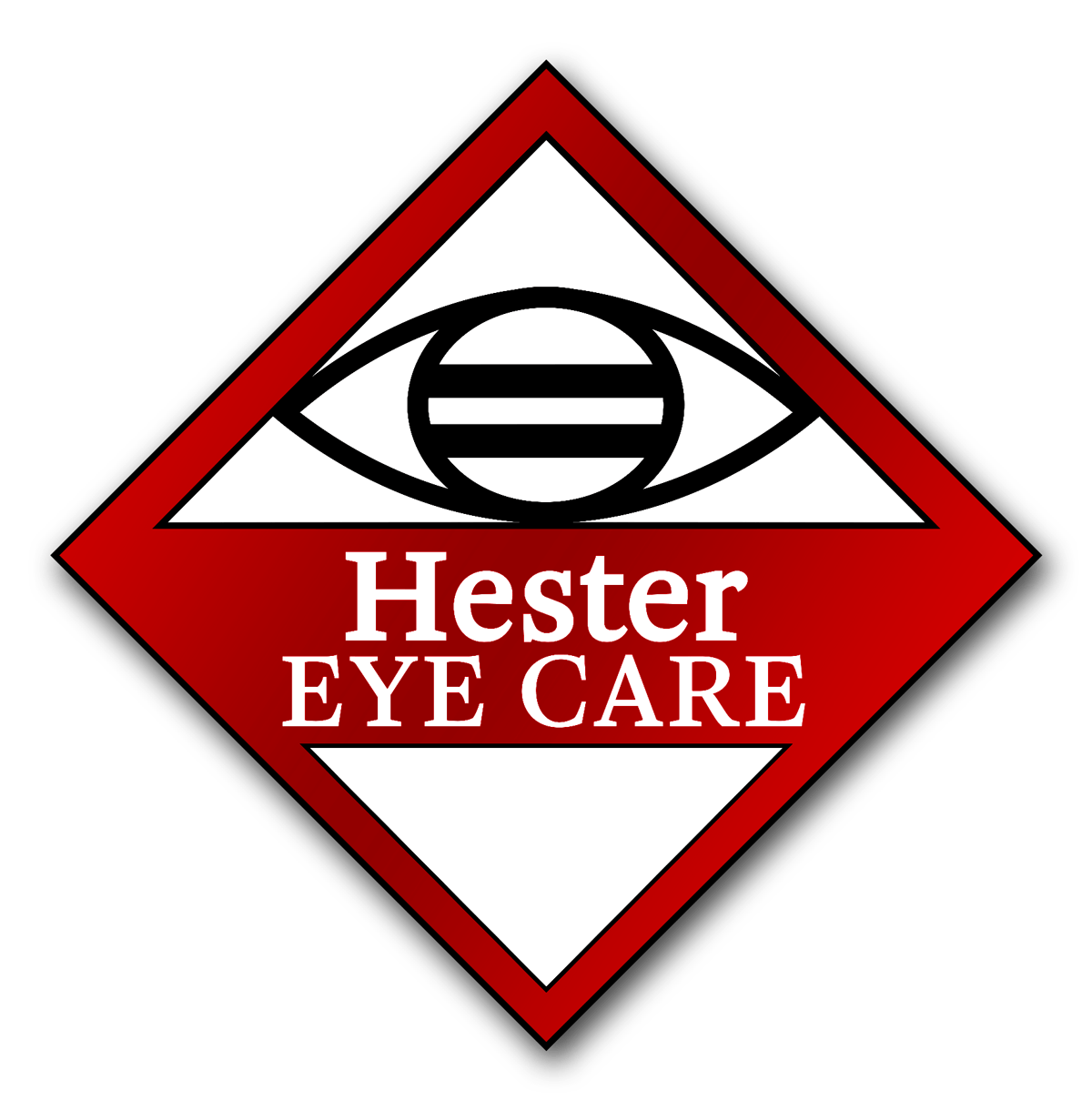1700 Pittman Street | Magnolia, AR 71753
416 Hospital Drive SW | Camden, AR 71701
1.800.552.3937
Blepharitis
Blepharitis is a common and ongoing condition where the eyelids become inflamed (swollen), with oily particles and bacteria coating the eyelid margin near the base of the eyelashes. This annoying condition causes irritation, itchiness, redness, and stinging or burning of the eyes. While the underlying causes of blepharitis aren't completely understood, it can be associated with a bacterial eye infection, symptoms of dry eyes or certain types of skin conditions such as acne rosacea.
How can blepharitis affect me?
Anterior blepharitis affects the outside of the eyelid where your eyelashes are attached. This can be caused by bacterial (or sometimes viral) infection. If left untreated, anterior blepharitis can lead to thickened and inward-turned or outward-turned eyelids and even vision problems from in-turned eyelashes damaging the cornea.
Posterior blepharitis is a condition that results from a dysfunction of the eye's tiny oil glands (meibomian glands) in the eyelids at the base of the eyelashes. When meibomian glands become clogged from posterior blepharitis, it can also cause a stye to form. Posterior blepharitis also leads to thickened eyelid margins and crusty eyelids. With this type of blepharitis, tears can even look foamy.
Many people have both anterior and posterior blepharitis at the same time in varying degrees.
Blepharitis is often a chronic, or ongoing, condition, but it can be controlled with the following treatments. Your ophthalmologist will help you identify which treatments are most appropriate.
How can blepharitis be treated?
Warm compress
Wet a clean washcloth with warm water, wring it out, and place it over your closed eyelids for at least one minute. Repeat two or three times, rewetting the washcloth as it cools. This will loosen scales and debris around your eyelashes. It also helps break down oil from nearby oil glands. This prevents development of a stye — an enlarged lump caused by clogged oil secretions in the eyelid.
Eyelid scrubs
Using a clean washcloth, cotton swab or commercial lint-free pad soaked in warm water, gently scrub the base of your eyelashes for about 15 seconds per eyelid.
Antibiotic ointment
Dr. Hester may prescribe an antibiotic ointment. Using a clean fingertip or cotton swab, gently apply a small amount at the base of the eyelashes before bedtime.
Artificial tears or steroid eye drops may also be prescribed temporarily to relieve dry eye or inflammation. A new antibiotic drop that also helps improve the oil secretions of the meibomian glands may be prescribed.
Nutritional therapy
Research suggests that a lack of certain nutrients may contribute to meibomian gland blepharitis. An imbalance of omega fatty acids has been found to cause abnormal secretions of the oil glands that help lubricate your eyes. Ask your doctor about a proper diet and nutritional supplements to help treat this imbalance.
Good hygiene
Because blepharitis can be an ongoing problem, you should regularly clean your skin and eyelids to keep blepharitis from returning. In addition to carefully cleansing your eyelashes, you can also wash your hair, scalp and eyebrows with antibacterial shampoo to help control blepharitis.
CONTACT US
Send us a message using the form below. Please use this form for general information purposes only. DO NOT send personal health information through this form. Specific patient care must be addressed during your appointment.
Form Submission from Site
SUCCESS! We have recieved your e-mail. Thank you for contacting us and we will get back to you as soon as possible.
Oops, seems like there's an error sending your message.
Please try again or feel free to give us a call at 1-800-552-3937 because we will be glad to help!
1700 Pittman Street | Magnolia, AR 71753
416 Hospital Drive SW | Camden, AR 71701
1.800.552.3937
All Rights Reserved | Hester Eye Care
Powered by Flypaper | Privacy Policy

